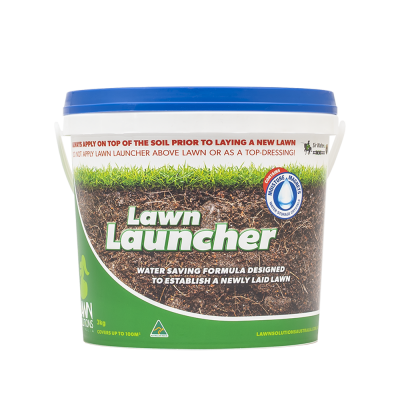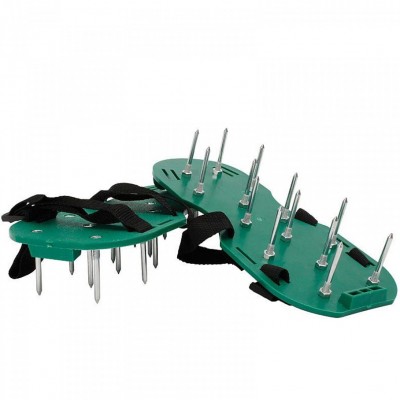Professional football grounds look fantastic and are superb to play on. There’s a lot of work that goes into preparing the surfaces of these grounds and much underground as well. What grasses are used on football fields, how are they prepared before a game and how is a typical ground usually constructed prior to the installation of turf?
Australian sports fields generally fall into three categories:
- Major stadiums, such as AAMI Park, Adelaide Oval, ANZ Stadium, Bankwest Stadium, Gabba, Marvel Stadium, the MCG, Optus Stadium, Suncorp Stadium and SCG.
- Tier 2, which are 10- to 20,000-seat venues, such as Sydney’s Campbelltown Sports Stadium, Netstrata Jubilee Stadium, Panthers Stadium and New Era Stadium. These are usually council or club-owned and managed by full-time ground staff.
- Tier 3, which are less than 10,000-seat sites, usually local council grounds, such as Sydney’s Drummoyne Oval and Bankstown Oval.
Turf type and installation
Many grounds have kikuyu or couch. All major stadiums in Australia are couch. A lot of the tier two and three grounds vary from couch to kikuyu throughout the country. Depending on the age of the grounds and what the specifiers’ preferences are if the ground is under construction.
The preparation prior to turf installation also varies depending on the situation.
Major stadiums have million-dollar, USGA-specified (United States Golf Association) sand profiles. These profiles include a lot of work for drainage, such as drainage pipes, gravel and sand that needs to be settled and graded to ensure run-off. The grass is obviously the uppermost layer of the profile.
Most tier 2 grounds are sand profiles, but some are not.
Tier 3 arenas are generally existing sites with some improvements added or blended in. The soil profiles are levelled and then grass is sprigged or turfed.
Tools of the trade
Football stadium groundsmen use a lot of maintenance equipment – mowers, blowers, rakes, tractors, snippers, edgers, line marking machines, etc. Two of the more interesting renovation machines are the scarifier and verti-drain. A scarifier is used to dethatch the ground and remove old grass, while a verti-drain is a coring machine that’s used to aerate the surface.

Before kick-off
During the week leading into a televised game a major stadium curator may:
- Install and/or change the sports posts.
- Spray the surface with iron and magnesium to enhance grass colour.
- Cut the pattern, depending on the sport, 10 to 30 times.
- If unmarked, measure and mark the field out ready for marking the night before or day of the game to ensure the best colour of the lines. If marked, the lines will need to be washed out immediately after the previous sport has been played to ensure that paint doesn’t stick to grass.
- Roll the surface pattern with a light fairway mower without the cutting reels engaged just before the game.
- Perform any last-minute touch-ups to lines.
- Wet the surface. If it’s a soccer match most teams like the surface wet prior to warm-up, kick-off and half-time. This assists players’ sliding and affects the speed of the ball.
Post-game recovery
After football games grounds staff will walk over the surface with buckets of sand and a screwdriver, filling holes and using the screwdriver to turn divots back out. They may plug deep divots with grass from a turf nursery. They’ll then cut the surface. Depending on the stadium and available resources, different green keeping practices may follow from here, such as wetting the surface, vacuuming or blowing.
Substitutions
Depending on the variety of turf used and amount of play, most major and tier 2 venues would need to replace their goal squares and centre square annually. Most surfaces, if maintained correctly, can last up to 10 years.
Do you want a stadium finish?
The number one tip to achieve a sports field look is to cut your lawn regularly (minimum of three times weekly during your lawn’s growing period), at your desired height. Following a fertiliser and pest management program is a good idea too.
Now you know a little about how the experts achieve fantastic surfaces at their stadiums you can take a little from their playbook and apply it to your own lawn.
Enjoy the footy.
For more on soil preparation, check out this article.
Like our blogs? Want to see our videos too?


